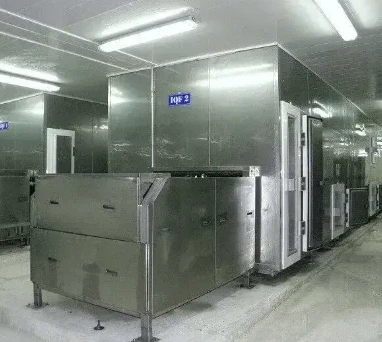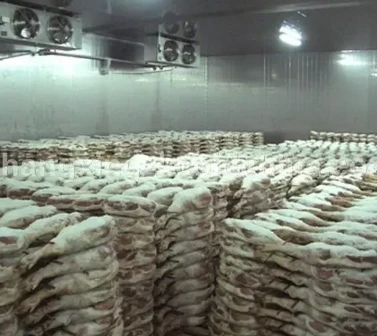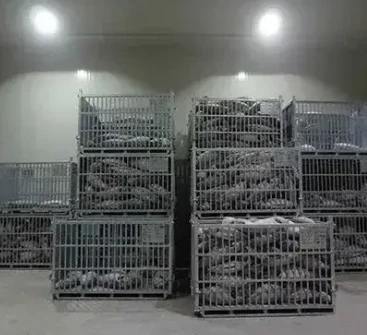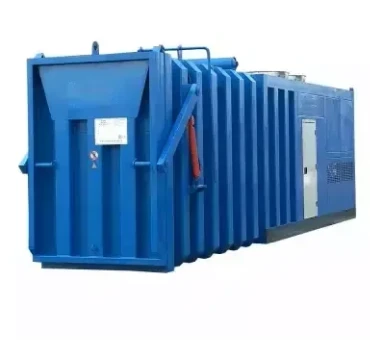Cold Room In The House
A cold room in the house is a designated space designed to maintain low temperatures for various purposes. This specialized room plays a crucial role in food preservation, storage of certain goods, and even as a cooling area during warm weather. In this article, we will explore the concept of a cold room, its design principles, common uses, benefits, and maintenance practices.
To understand the purpose of a cold room, let's first consider its structure. A cold room is typically a sealed space with insulated walls, ceiling, and flooring. It is equipped with a cooling system that controls the temperature, maintaining a consistently low range. This setup is ideal for keeping perishable items like fruits, vegetables, meats, and dairy products fresh. The insulation helps to prevent external heat from entering, ensuring that the temperature remains stable.
One of the primary uses of a cold room is food storage. In households, a cold room can serve as a large-scale refrigerator, allowing families to store bulk items without taking up excessive space in their kitchen refrigerators. This is particularly useful for people who grow their own produce or buy in bulk. By keeping food items in a cold room, their shelf life is extended, reducing waste and helping to save money.
In addition to food storage, cold rooms are often used for other purposes. Homeowners who live in hot climates may find that a cold room offers a cool escape during sweltering summer days. Some people use cold rooms to store wine, as the consistent low temperature is ideal for preserving the quality of the wine. Cold rooms can also be used to store pharmaceuticals, electronics, or other items that require specific temperature conditions.
The benefits of having a cold room in the house are numerous. Firstly, a cold room provides ample space for storage, reducing clutter in the main living areas. This can be particularly helpful in homes with limited kitchen or pantry space. Secondly, cold rooms are energy-efficient compared to multiple refrigerators or freezers, as they maintain a large volume at a consistent temperature. This can lead to cost savings on electricity bills over time.
Maintenance is a critical aspect of keeping a cold room functional. Regular cleaning is essential to prevent the buildup of mold, mildew, or bacteria. This includes wiping down the walls and shelves, cleaning the cooling system's filters, and ensuring proper drainage to avoid water accumulation. It's also important to check the insulation and door seals regularly to ensure that the cold room remains energy-efficient.
In summary, a cold room in the house is a versatile space that serves multiple purposes. It is ideal for food storage, offering a practical solution for preserving perishables and reducing food waste. Additionally, cold rooms can be used for various other applications, including wine storage and as a cool retreat during hot weather. The benefits of a cold room extend beyond convenience, providing energy efficiency and cost savings. By following proper maintenance practices, homeowners can enjoy the advantages of a cold room for years to come.
















































































































